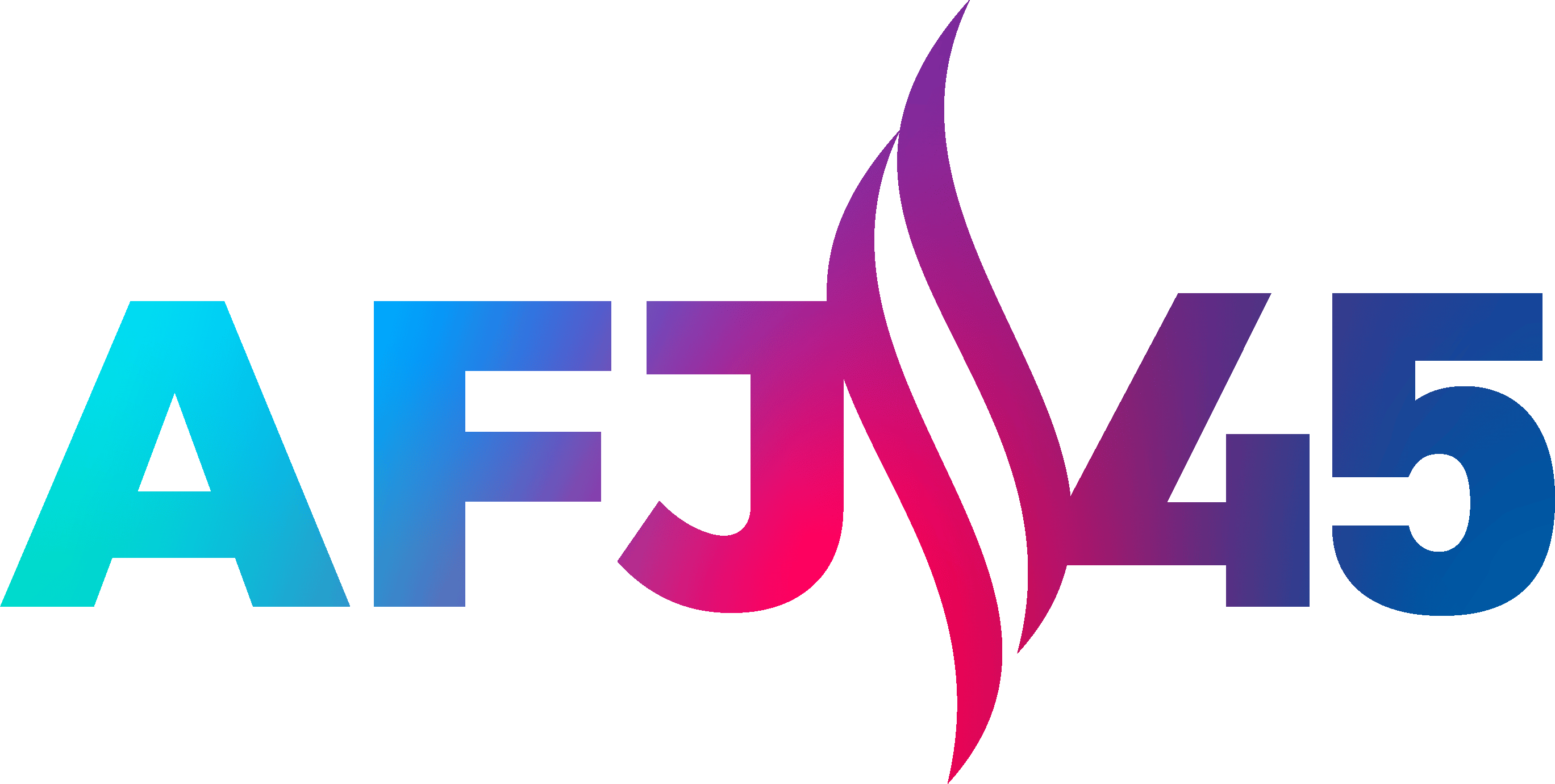Every ten years, California redraws the lines for its Congressional, State Assembly, State Senate, and Board of Equalization district maps. This process has started again in 2019 and will be ongoing through at least 2021, presenting powerful opportunities for nonprofits to advocate for the communities that they represent to have equitable voting rights.
California’s redistricting process was established by voter-approved Constitutional amendment, and presents a critical opportunity for underrepresented communities to build political power. The process was designed to minimize the legislature’s role in redistricting, which means that, for the most part, working to influence the process does not constitute lobbying under the IRS definition. Therefore, nonprofits and foundations have a lot of flexibility to participate in this impactful process, and given its importance in shaping public policy, nonprofit and foundation advocates should make their voices heard.
This factsheet explains the process of redistricting in California, as well as whether a variety of different kinds of redistricting advocacy constitute lobbying under both IRS rules and California lobbying disclosure rules.
